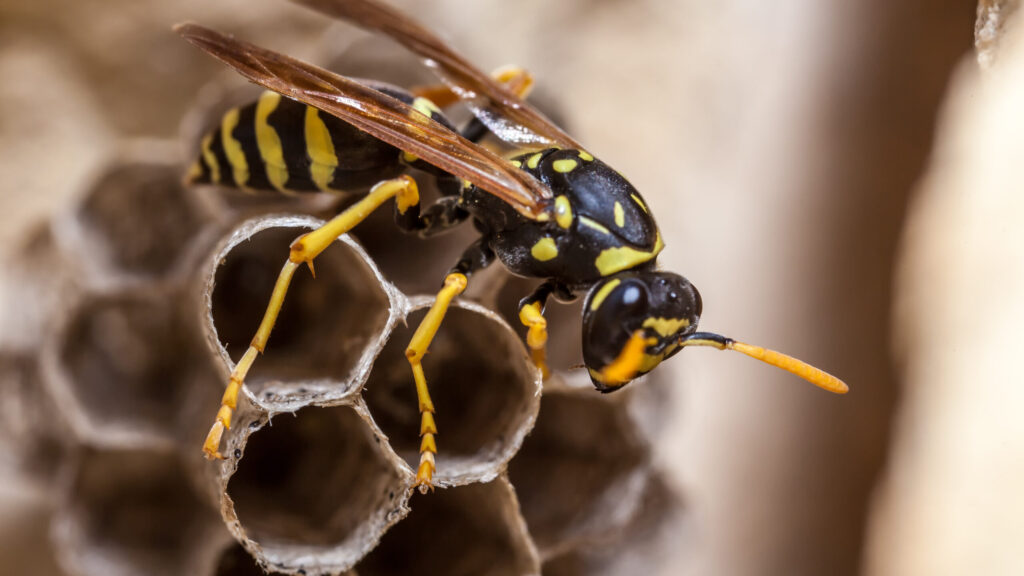Wasps living around a Cold War-era nuclear facility in South Carolina have built at least four radioactive nests, raising questions about their source of hazardous material and the extent of environmental contamination, according to a report by The New York Times. Last week, news broke that officials at the site—Savannah River Site (SRS) near Aiken, South Carolina—had found one radioactive nest on July 3. The discovery was documented in a July 22 report by the US Department of Energy, which owns the site. The report said that the nest was on a post near a tank used to store nuclear waste and that it “was probing 100,000 dpm/100 cm2 beta/gamma.” This contamination level “is greater than 10 times the total contamination values” listed in federal regulations for areas that require contamination posting and monitoring, the report said. Still, it concluded that the radioactivity of the nest was considered to be from “onsite legacy radioactive contamination not related to a loss of contamination control.” But the Times uncovered that three additional radioactive nests had been found since the July 3 discovery. “The U.S. Department of Energy is managing the discovery of four wasp nests with very low levels of radioactive contamination,” Edwin Deshong, the manager of the DOE’s Savannah River Operations Office, said in an emailed statement to the Times. “The nests do not pose a health risk to SRS workers, the community, or the environment.” The SRS is a 310-square-mile facility built in the 1950s to produce material for nuclear weapons, including plutonium and tritium, a component of hydrogen bombs, the Times noted. Activity at the SRS, which is located near the border with Georgia, declined at the end of the Cold War. The DOE began cleaning up the site in 1996—a slow process that is currently estimated to be completed by 2065.
Four radioactive wasp nests found on South Carolina nuclear facility
